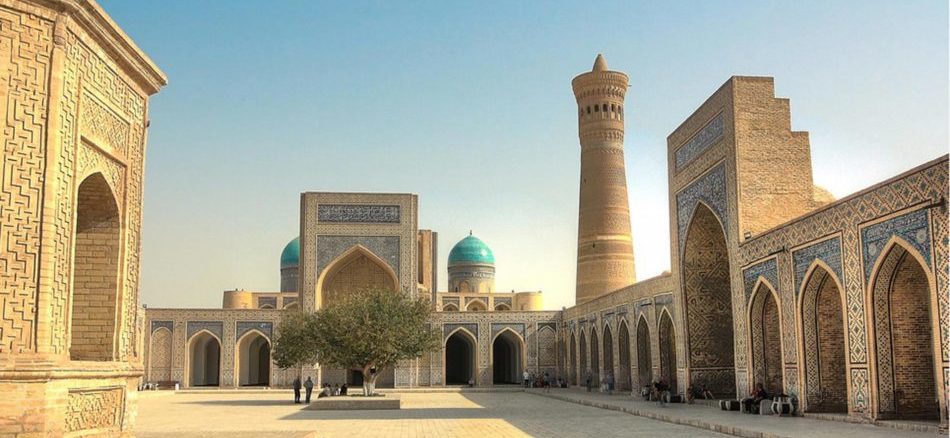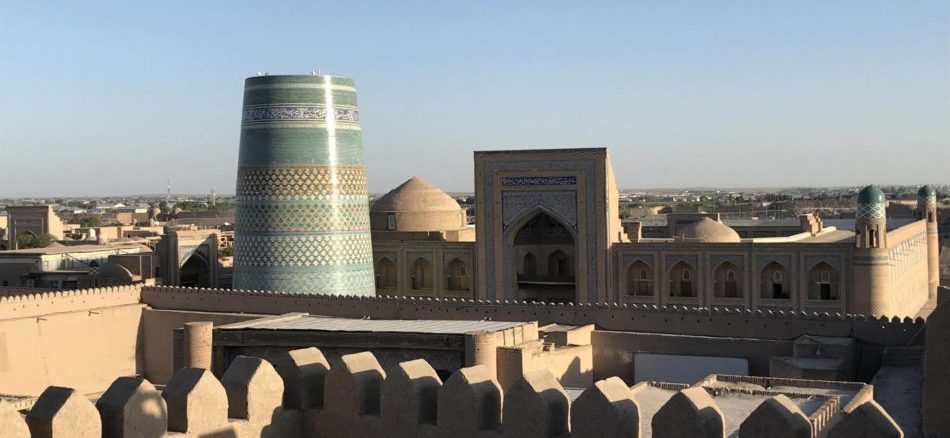Aral Sea

The Aral Sea is the largest closed lake in Central Asia. Administratively, more than half of the Aral Sea is located in southwestern Uzbekistan (Karakalpakstan) and northeastern Kazakhstan. In the 1960s, the area of the Aral Sea had an average of 68.0 thousand km². It is the fourth largest in the world (after the Caspian Sea, the Great Lakes in America and Lake Victoria in Africa), the second largest in the Eurasian continent (after the Caspian). The sea stretched from north-east to south-west. Its length was 425 km and its width was 235 km. The basin area was 68,000 km², and the average depth was about 16.5 m and the deepest point was 68 m. It was called the sea for the size of the basin.
But, the large amount of water supplied by the Amudarya and Syrdarya rivers begins to be used for irrigation work. Since 1961, the sea begins to lose its surface. Among the causes of the shallow water, an increase in the water consumption of the rivers that flowed through it was indicated for irrigation. From 1960 to 1990, the area of irrigated land in Central Asia had increased from 4.5 to 7 million hectares.
Until the 1970s, 34 species of fish lived in the Aral Sea, of which over twenty were of commercial importance. In 1946, 23,000 tons of fish were caught in the Aral Sea; at the beginning of the 1980s, this figure reached 60 thousand tons.
In 1989, the sea split into two isolated basins: the northern (small) and southern (large) Aral Sea. In 2003, the surface of the Aral Sea was about a quarter of the original and the volume of water was about 10%. At the beginning of the 2000s, the absolute level of water in the sea dropped to the level of 31 m, which is 22 m below the initial level observed in the late 1950s.
In 2001, the island of Vozrojdeniye (Renaissance) became a peninsula.
In 2003, the South Aral Sea was divided into western and eastern parts.
On the shallow bottom of the Aral Sea, the remains of two settlements and mausoleums were found. The Kerdery Mausoleum dates back to the 11th-14th century. For a long time it was at a depth of about 20 m. The remains of a 14th-century settlement of Aral-Asar were also discovered.

The drying up of the sea has somewhat affected the climate of the region directly adjacent to the former sea water area (at a distance of up to 100 km from the former coast), which has become more continental: the summers have become drier and warmer, colder and longer winters. Dust containing large quantities of sea salts, pesticides and other chemicals is transported from the drained part of the former seabed by winds in large quantities to neighboring regions.
Due to the shallow seabed, the salinity of the Great Aral Sea has increased significantly (almost 10 times), causing the extinction of many species of flora and fauna adapted to reduce salinity. The Great Aral Sea has lost the value of fishing, the ports are closed.
Now the authorities of Uzbekistan and Kazakhstan are looking for different ways to solve this ecological problem.






